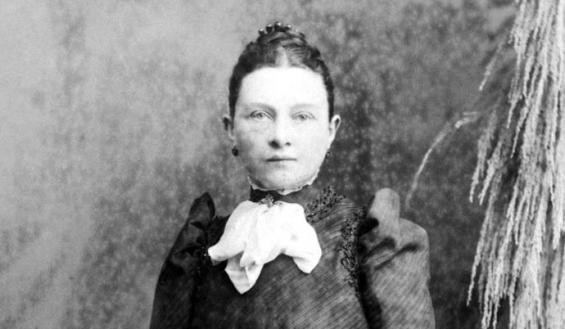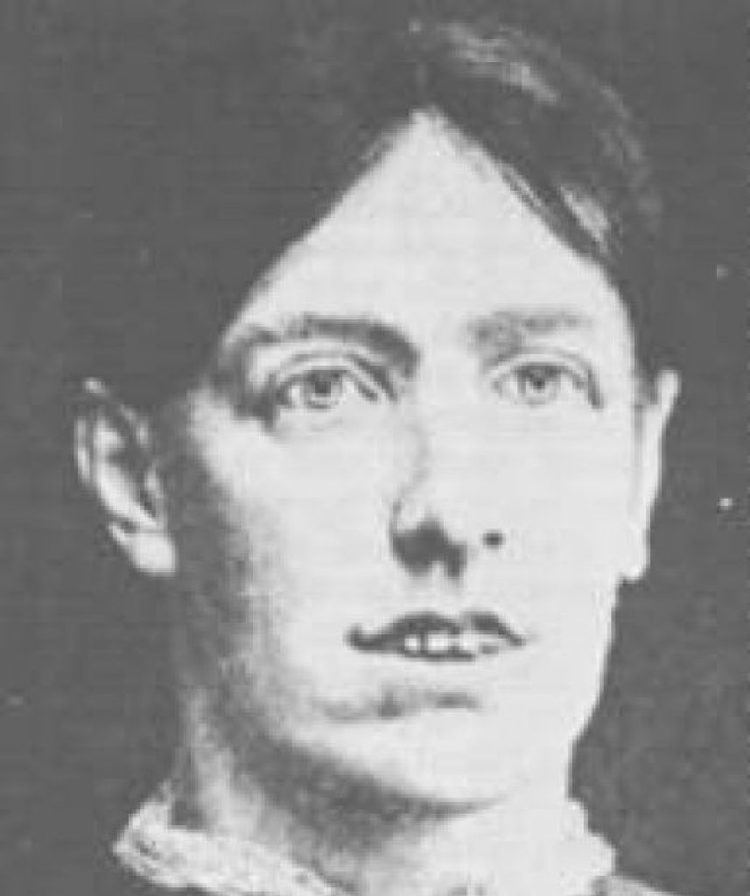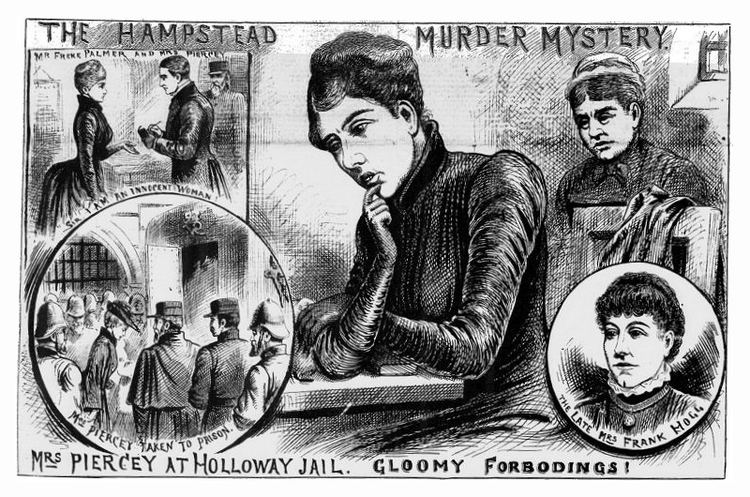Nationality English | Name Mary Pearcey Criminal charge Murder | |
 | ||
Full Name Mary Eleanor Wheeler | ||
Criminal penalty Death by hanging Died 23 December 1890 (aged 23–24) England, United Kingdom Similar Lizzie Halliday , Marie Manning (murderer) , Amelia Dyer | ||
Mary pearcey book trailer m4v
Mary Pearcey (1866 – 23 December 1890) was an English woman who was convicted of murdering her lover's wife, Mrs. Phoebe Hogg, and child, Phoebe, on 24 October 1890 and executed for the crime on 23 December of the same year. The crime is sometimes mentioned in connection with Jack the Ripper, and Pearcey has been posited as a Ripper candidate.
Contents
- Mary pearcey book trailer m4v
- The Dark Sinister Case of Mary Pearcey
- Early life
- Murder of Phoebe Hogg
- Jill the Ripper
- References

The Dark & Sinister Case of Mary Pearcey
Early life

Mary Pearcey was born Mary Eleanor Wheeler in 1866.

It has been erroneously stated that her father was a Thomas Wheeler who was convicted of and hanged for the murder of Edward Anstee. However, author Sarah Beth Hopton was unable to find any evidence of connection between the two people, and also found a retraction of the newspaper article in which the misinformation was first printed.

Mary Wheeler took the name "Pearcey" from John Charles Pearcey, a carpenter with whom she had lived. He left her because of her infidelity. She later took up residence with a furniture remover, Frank Hogg, who had at least one other lover, Phoebe Styles. Styles became pregnant, and Hogg married her at Pearcey's urging. They lived in Kentish Town in London. Styles gave birth to a daughter also named Phoebe Hogg.
Murder of Phoebe Hogg

On 24 October 1890 Mrs. Hogg, with her baby, called on Pearcey at her invitation. The neighbours heard screaming and sounds of violence about 4:00 that afternoon. That evening a woman's corpse was found on a heap of rubbish in Hampstead. Her skull had been crushed, and her head was nearly severed from her body. A black perambulator was found about a mile away, its cushions soaked with blood. An eighteen-month-old child was found dead in Finchley, apparently smothered. The deceased were identified as Phoebe Hogg and her child. Mary Pearcey had been seen pushing baby Phoebe's perambulator around the streets of north London after dark. The police searched her house, and found blood spatters on walls, ceiling, a skirt, an apron, and other articles, blood stains on a poker and a carving knife. When questioned by the police she said that she 'had a problem with mice and was trying to kill them'. Sir Melville Macnaghten wrote that Ms. Pearcey would later respond by chanting, "Killing mice, killing mice, killing mice!".
Mary Pearcey was charged with murder. She maintained her innocence throughout the trial, but was convicted, and was hanged on 23 December 1890.
Pearcey's murder case generated extraordinary press attention at the time. Madame Tussauds wax museum of London made a wax figure of Pearcey for their Chamber of Horrors exhibit, and also purchased the pram used in the murder and the contents of Pearcey's kitchen. When the Tussaud exhibit of these items opened, it attracted a crowd of 30,000 people. The noose used to hang Pearcey is on display at the Black Museum of Scotland Yard.
Jill the Ripper?
Mary Pearcey, like many other famous Victorian-era murderers, has been suggested as a suspect in the Jack the Ripper slayings. She was apparently the only female suspect mentioned at the time. Sir Arthur Conan Doyle, creator of Sherlock Holmes, speculated at the time that the Ripper might have been female, as a woman could have pretended to be a midwife and be seen in public in bloody clothing without arousing suspicion or notice. This theory was then expanded upon in 1939 by William Stewart in his book Jack the Ripper: A New Theory, which specifically named Pearcey in connection with the crimes. All evidence given is circumstantial, and there is no physical evidence or eyewitness reports linking Pearcey to the Ripper crimes.
F. Tennyson Jesse, the British criminal historian, explained the theory in her study of Pearcey's case: "It was no wonder that, simultaneously with the discovery of the crime, legends should have sprung up around her figure. The rumour even arose that the notorious Jack the Ripper had been at work in the locality, and though this was quickly disproved, yet the violence and horror associated with the crime was such as to make it understandable how the rumour arose in the first place. Even in the earliest paragraphs which announced the discovery of the crime, several false statements were suggested."
In May 2006, DNA testing of saliva on stamps affixed to letters allegedly sent by Jack the Ripper to London newspapers, and thought by some modern writers to be genuine, appeared to come from a woman. This led to extensive discussion of Pearcey and her crime in the global press.
